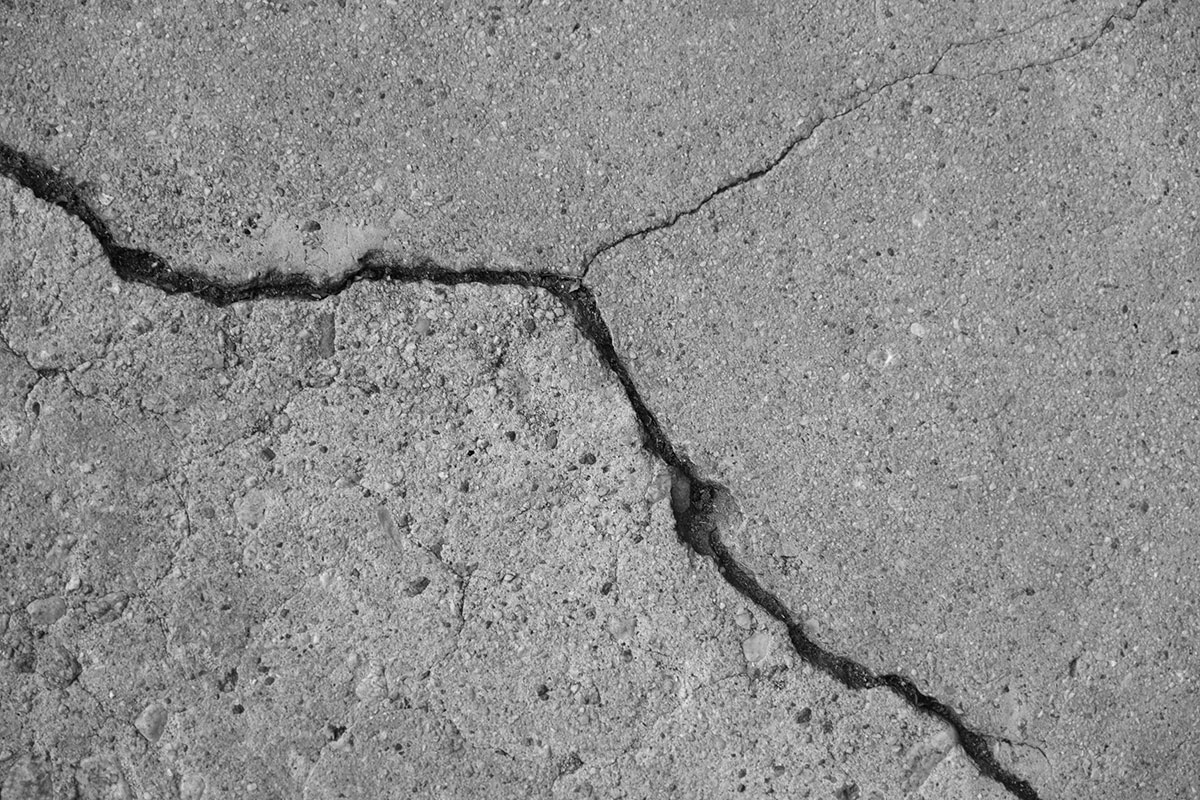
In the dynamic world of construction, staying informed about various techniques and methods is crucial. One such method, often discussed but not always fully understood, is mudjacking. This guide aims to demystify mudjacking in an easy-to-understand manner, making it accessible to professionals across the construction industry.
What is Mudjacking?
Mudjacking, also known as slabjacking, is a cost-effective and efficient method used to lift and stabilize sunken concrete slabs. This technique is commonly employed in residential, commercial, and municipal projects to address issues like uneven sidewalks, sunken driveways, and sagging porches.
The Process
The process of mudjacking involves drilling small holes into the sunken concrete slab. Then, a mixture, often made of water, soil, sand, and cement, is pumped under the slab. This mixture, colloquially known as \”mud\” or \”slurry,\” exerts pressure, causing the slab to lift and return to its original level.
Why Choose Mudjacking?
- Cost-Effectiveness: Compared to complete slab replacement, mudjacking is significantly more affordable. It eliminates the need for new concrete and extensive labor, reducing both material and labor costs.
- Time-Efficiency: Mudjacking is a quick process, often completed within a day. This swift turnaround minimizes disruption, especially important in high-traffic areas.
- Environmentally Friendly: Since mudjacking reuses the existing concrete slab, it reduces waste. The materials used in the slurry are often natural and less harmful to the environment.
- Durability: A successfully mudjacked slab can last many years, making it a long-term solution for settling and sinking issues.
The Mudjacking Slurry: What’s in It?
The slurry used in mudjacking is a crucial element. It’s typically a mixture of water, soil, sand, and Portland cement. This blend ensures the right balance of strength and flexibility, allowing for effective lifting while maintaining the integrity of the slab and the ground beneath it.
When to Use Mudjacking
Mudjacking is ideal for situations where concrete slabs have sunk or settled due to soil erosion, compaction, or washout. Common applications include:
- Leveling sidewalks and walkways
- Raising sunken driveways
- Stabilizing pool decks
- Correcting uneven patios
- Lifting garage floors
It’s essential to assess the cause of sinking before opting for mudjacking. If the underlying soil issue isn’t addressed, the problem may reoccur.
Limitations and Considerations
While mudjacking is versatile, it has its limitations. Heavily cracked or crumbling concrete may not be suitable for mudjacking. Additionally, the technique is less effective on extremely heavy structures like large commercial buildings.
Proper hole placement and slurry composition are crucial for successful mudjacking. Skilled professionals should perform the process to ensure effectiveness and safety.
The Mudjacking Process: Step by Step
- Assessment: A professional evaluates the site, identifying the best locations for hole drilling.
- Drilling: Small holes are drilled into the sunken slab.
- Pumping the Slurry: The mud mixture is pumped under the slab through the holes.
- Lifting the Slab: As the slurry fills the voids beneath the slab, it begins to lift.
- Finishing Touches: Once the slab is level, the holes are filled, and the area is cleaned up.
Conclusion
Mudjacking is a valuable technique in the construction industry, offering a cost-effective, efficient, and durable solution for sinking and settling concrete issues. Its versatility and environmental friendliness make it a preferred choice for many projects. Understanding the process, applications, and considerations of mudjacking can greatly benefit construction professionals, helping them make informed decisions for their projects.
By embracing techniques like mudjacking, the construction industry continues to evolve, adopting methods that offer sustainability and efficiency. Mudjacking not only solves immediate problems but also contributes to the longevity and safety of construction projects, making it a vital skill in the repertoire of construction professionals.
Recommended articles
A Guide to Construction Shoring
How to Calculate the Amount of Concrete Needed for a Slab
Concrete Lifting: A Simple Solution for an Age-Old Problem
Stop losing profit.
Build bids in minutes and track every dime with ProfitDig.
Start Risk-Free30-Day Money Back Guarantee